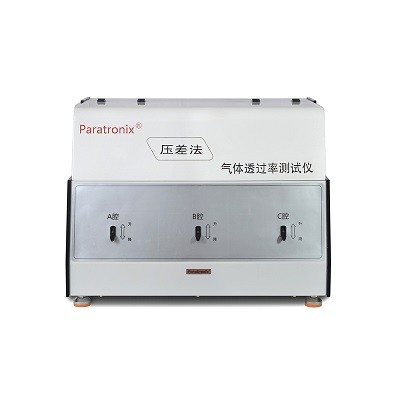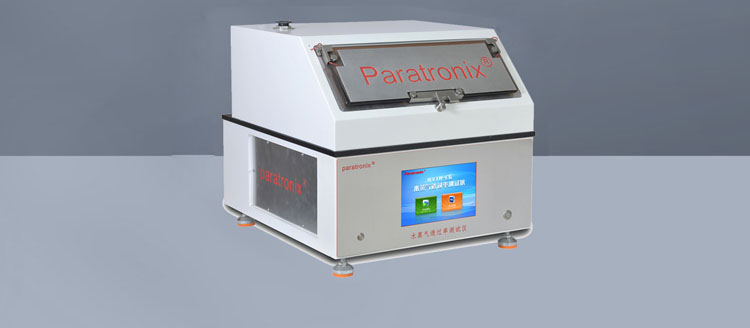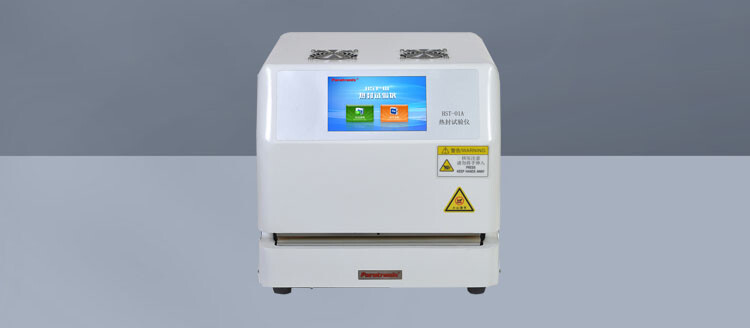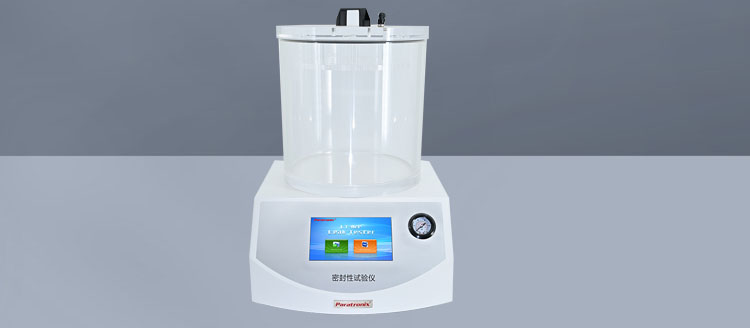Recent Posts
 Maintenance methods for thin film thickness detection instruments2025-12-15
Maintenance methods for thin film thickness detection instruments2025-12-15 Method for detecting the opening tension of food chain self sealing bags2025-12-03
Method for detecting the opening tension of food chain self sealing bags2025-12-03 Packaging industry testing instrument - moisture permeability tester2025-11-26
Packaging industry testing instrument - moisture permeability tester2025-11-26 What testing instruments are used for testing the heat sealing performance of thin films?2025-11-20
What testing instruments are used for testing the heat sealing performance of thin films?2025-11-20 Precautions for using negative pressure seal detector2025-11-10
Precautions for using negative pressure seal detector2025-11-10
Introduction
ASTM International develops and publishes technical standards for a wide range of materials, products, and systems.
Among these, ASTM D1434 is a critical standard used to evaluate the gas permeability of plastic films and sheeting. This
test method helps manufacturers and researchers assess how gases such as oxygen, carbon dioxide, and nitrogen
permeate through plastic materials, which is essential for applications in packaging, medical devices, and industrial
barriers.
Scope and Significance
ASTM D1434 outlines a procedure for measuring the transmission rate of gases through plastic films under controlled
conditions. The standard is widely used in industries where barrier properties are crucial, such as:
Food packaging – To extend shelf life by minimizing oxygen ingress.
Pharmaceutical packaging – To protect sensitive drugs from moisture and gas exposure.
Agricultural films – To control gas exchange in greenhouse covers.
Industrial applications – Where gas barriers are needed for safety and performance.
Testing instrument:GTR-V3 Air permeability tester

Test Principle
The method involves placing a plastic film sample between two chambers in a permeation cell. One chamber contains
the test gas at a specific pressure, while the other is evacuated or purged with a carrier gas. The gas permeating through
the film is measured using techniques such as:
Manometric methods (pressure increase in the receiving chamber).
Volumetric methods (gas flow measurement).
Gas chromatography (analyzing permeated gas concentration).
Conclusion
ASTM D1434 is a vital standard for assessing the gas barrier properties of plastic films, helping industries optimize material
performance. By following this method, manufacturers can ensure their products meet safety, durability, and efficiency
requirements. As packaging and material science evolve, ASTM D1434 remains a benchmark for evaluating gas permeability
in plastics.
Leave A Reply
Search by Keywords





